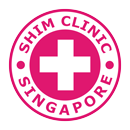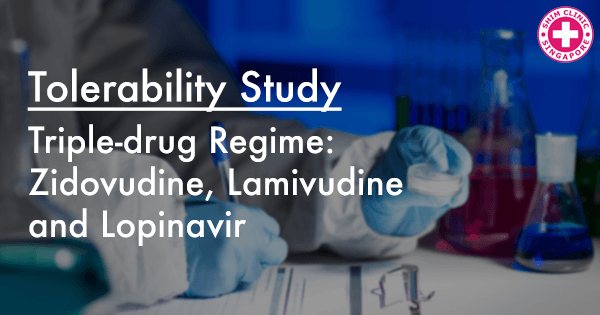A recent study by Cai Juan, Xiao Jiang and Zhang Qiang published in the Chinese Medical Journal found that the most frequent clinical side effects of HIV post-exposure prophylaxis (PEP) with the triple drug regimen zidovudine (Retrovir®), lamivudine (Epivir®) [available together as Combivir®] and lopinavir / ritonavir (Norvir®) [available together as Kaletra®] are fatigue and gastroenterological symptoms, liver dysfunction and drug rash. The study involved 26 Health Care Personnel (HCPs) who experienced occupational exposure to blood or other body fluids containing HIV in Beijing Ditan Hospital. The study was conducted from January 2010 to December 2012. The HCPs included 10 doctors, 14 nurses and two healthcare workers (7.6%).
How HCPs with PEP and in HIV/ AIDS Patients with HAART Medications Compare
The study found that the needle injuries were the most common occupational exposure risk, followed by mucous membrane exposure, skin wound contact and unknown exposure. PEP was initiated within 24 hours after exposure, and the drug regimen selected for HIV PEP was zidovudine (ZDV/AZT), lamivudine (3TC), and lopinavir/ritonavir (LPV/r). Antiretroviral regimen, ZDV+3TC+LPV/r, was initiated in HIV/AIDS patients with normal routine blood test, liver and renal functions, while PEP regimen, ZDV+3TC+LPV/r, was also started in HCPs who experienced occupational exposure to HIV. 27 HIV/AIDS patients were also reviewed as control groups in this study. The most common transmission route was sexual contact, followed by transfusion and unknown reason. HAART regimen, zidovudine, lamivudine, and lopinavir/ritonavir, was recommended to these HIV/AIDS patients. This helped in comparing side effects and tolerability of the antiretroviral regimen in HCPs with PEP and in HIV/ AIDS patients with HAART medications.
In HCPs, the most frequent side effects observed were fatigue and gastroenterological symptoms (23), nausea and vomiting (20), rash (18) and Liver dysfunction (10). In HIV/AIDS patients who were administered HAART medications, fatigue (11) was the most common side effect, followed by rash (9) and liver dysfunction (2). The results revealed that the prevalence of side effects in HCPs who were experiencing PEP was higher than that in HIV/AIDS patients.
Tolerability and Safety in HCPS who Experienced Occupational PEP
25 HCPs receiving PEP completed the 28- day regimen and one nurse experienced serious gastrointestinal (GI) symptoms, which led to the withdrawal of PEP. HCPs receiving PEP in this group underwent anti-HIV detection during 6-month follow-up period, and no HIV infection was found, which indicated that, in spite of side effects, the tolerability and safety of PEP regimen, ZDV+3TC+LPV/r, were good among HCPs who experienced PEP in this group.
To manage the symptoms, the individuals with GI side effects were advised to take medication together with meals and have small quantities of low-fat food as well as more frequent smaller meals. Fatigue and GI side effects were resolved within 4 weeks after beginning medication except for the one nurse who withdrew PEP due to serious GI symptoms. To manage drug rush and liver dysfunction, anti-allergic therapy was taken and rash and/or liver dysfunction were resolved within 2 weeks after hypersensitivity reaction occurred.
Despite side effects experienced when taking triple drug PEP regime, the PEP therapy is very important in preventing occupational HIV transmission among HCPs and the side effects are well manageable.


Pingback: Is Delivering a Healthy Child a Possibility for the HIV-positive?